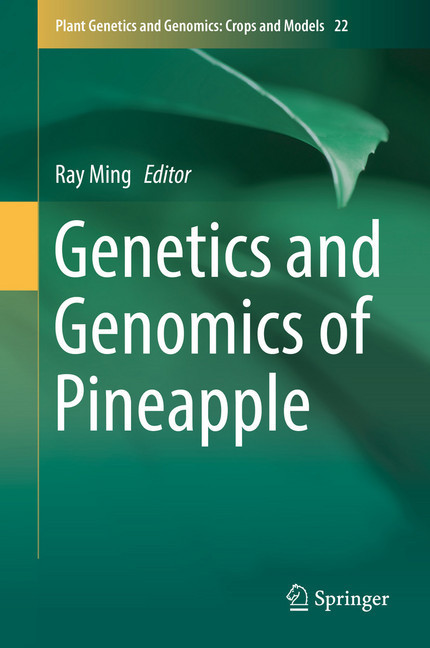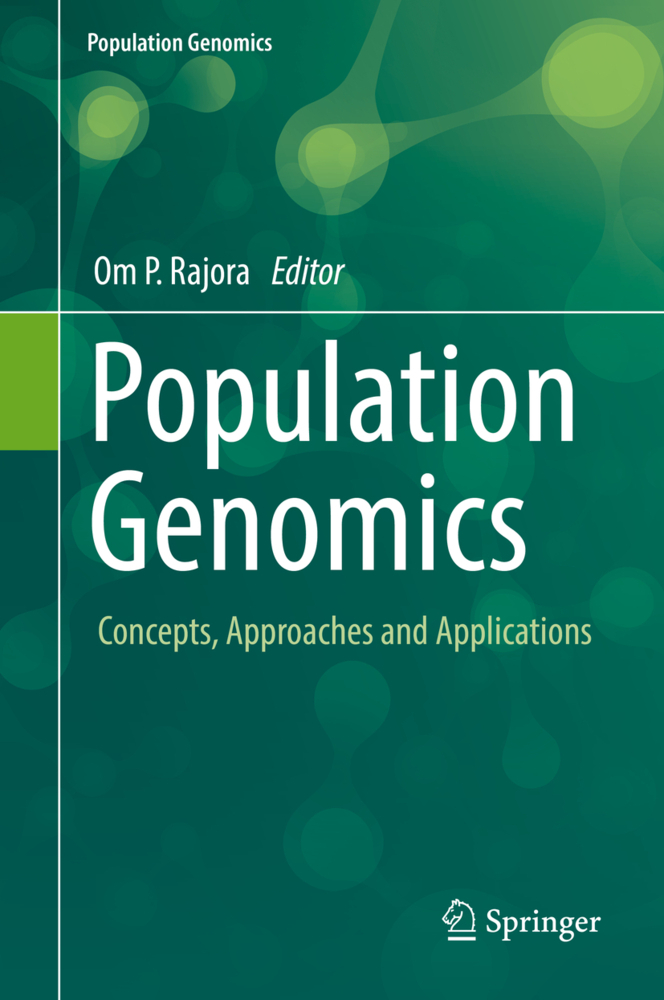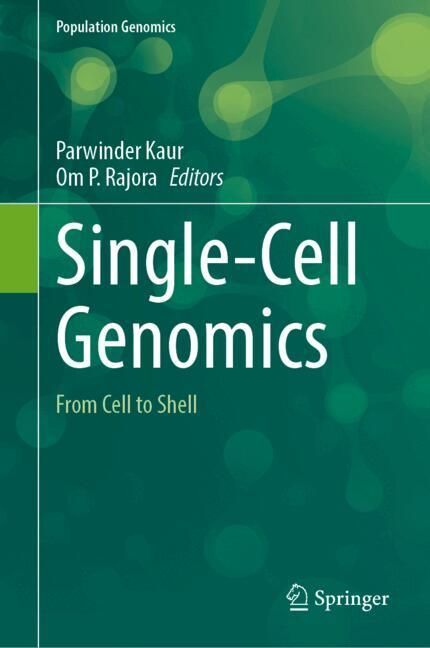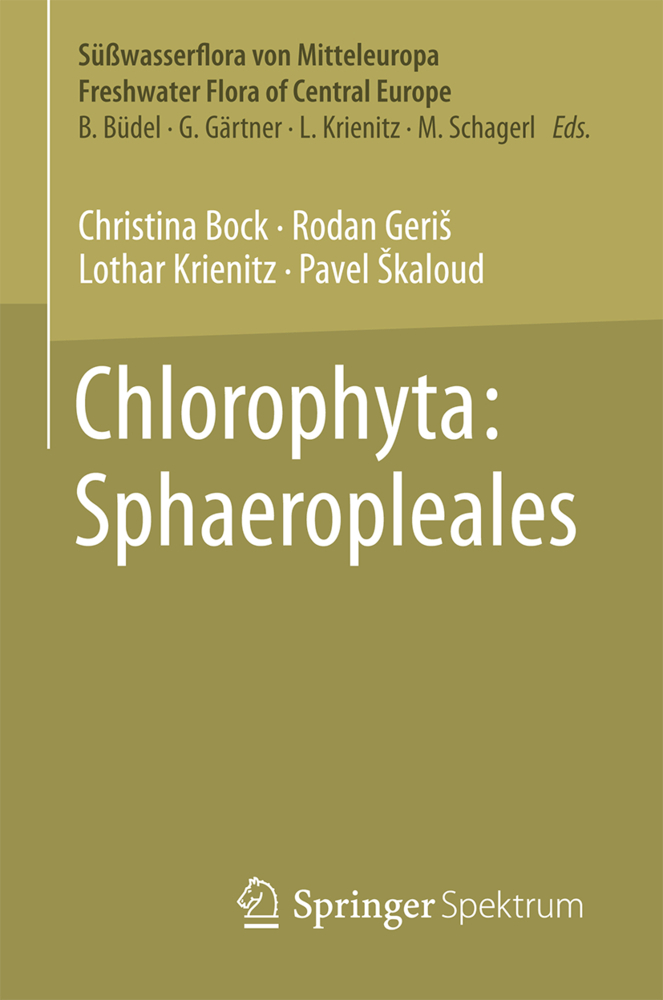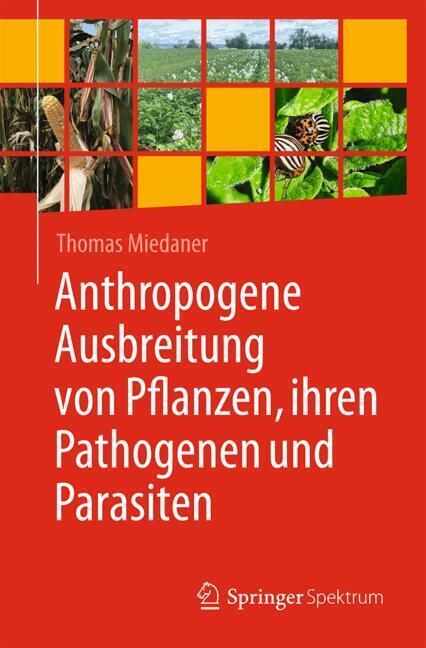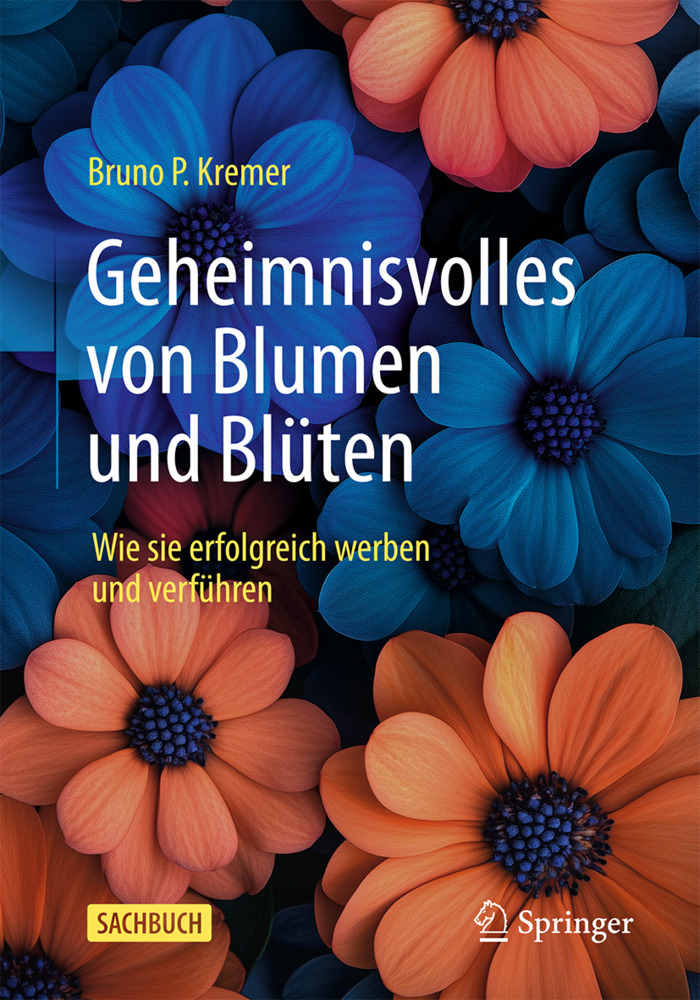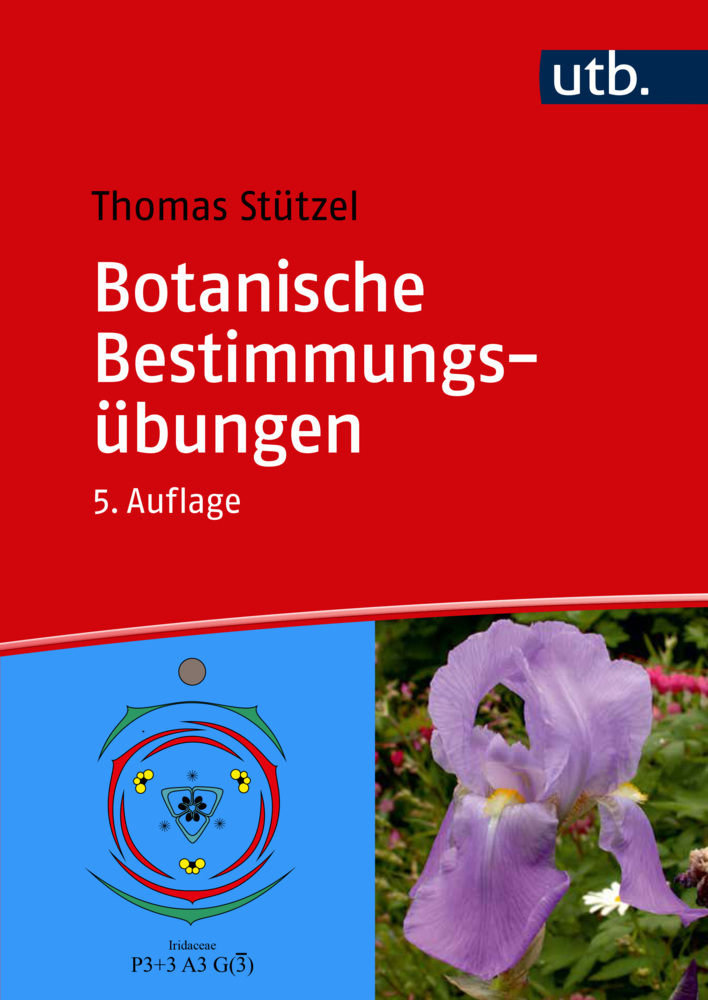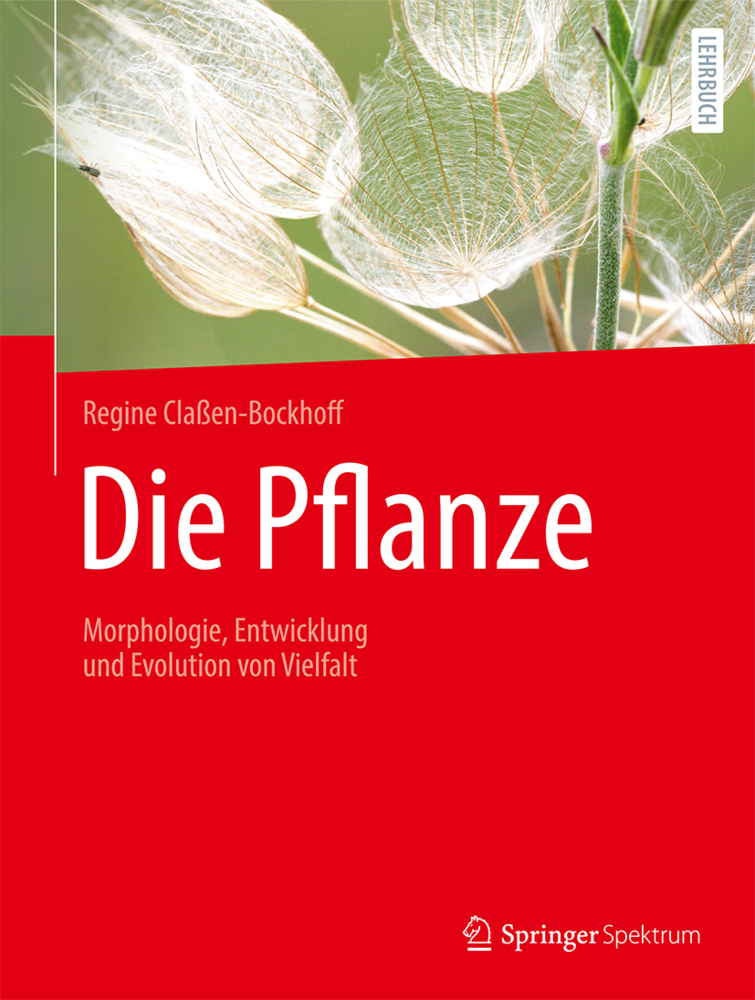This book is the first comprehensive volume on the genetics and genomics of pineapple and provides an overview of the current state of pineapple research. Pineapple [Ananas comosus (L.) Merr.] is the second most important tropical fruit after banana in term of international trade. Its features are advantageous for genomic research: it has a small genome of 527 Mb which is diploid and vegetatively propagated; it is monocot, closely related to the grass family that includes major cereal crops, wheat, rice, corn, sorghum, and millet; and it serves as an out group for genetic and genomic research in grasses. In addition to exploring the evolution and improvement of pineapple, this work examines the pineapple genome with respect to genome structure and organization, comparative analyses with other angiosperm genomes, transcription factors, disease resistance, and circadian clock regulation of CAM related genes. With chapters covering botanical, genetic, genomic, and applied aspects of pineapple, this text also encourages the application of genomic technologies and suggests future prospects.
Dr. Ray Ming is a professor in the department of plant biology at the University of Illinois at Urbana-Champaign, Champaign, IL, USA. His research interests include studying sex chromosomes and sex determination in papaya, the origin and evolution of CAM photosynthesis in pineapple, and genome evolution in autopolyploid sugarcane.
Dr. Ray Ming is a professor in the department of plant biology at the University of Illinois at Urbana-Champaign, Champaign, IL, USA. His research interests include studying sex chromosomes and sex determination in papaya, the origin and evolution of CAM photosynthesis in pineapple, and genome evolution in autopolyploid sugarcane.
Ming, Ray
| ISBN | 9783030006143 |
|---|---|
| Artikelnummer | 9783030006143 |
| Medientyp | E-Book - PDF |
| Copyrightjahr | 2018 |
| Verlag | Springer-Verlag |
| Umfang | 281 Seiten |
| Sprache | Englisch |
| Kopierschutz | Digitales Wasserzeichen |

